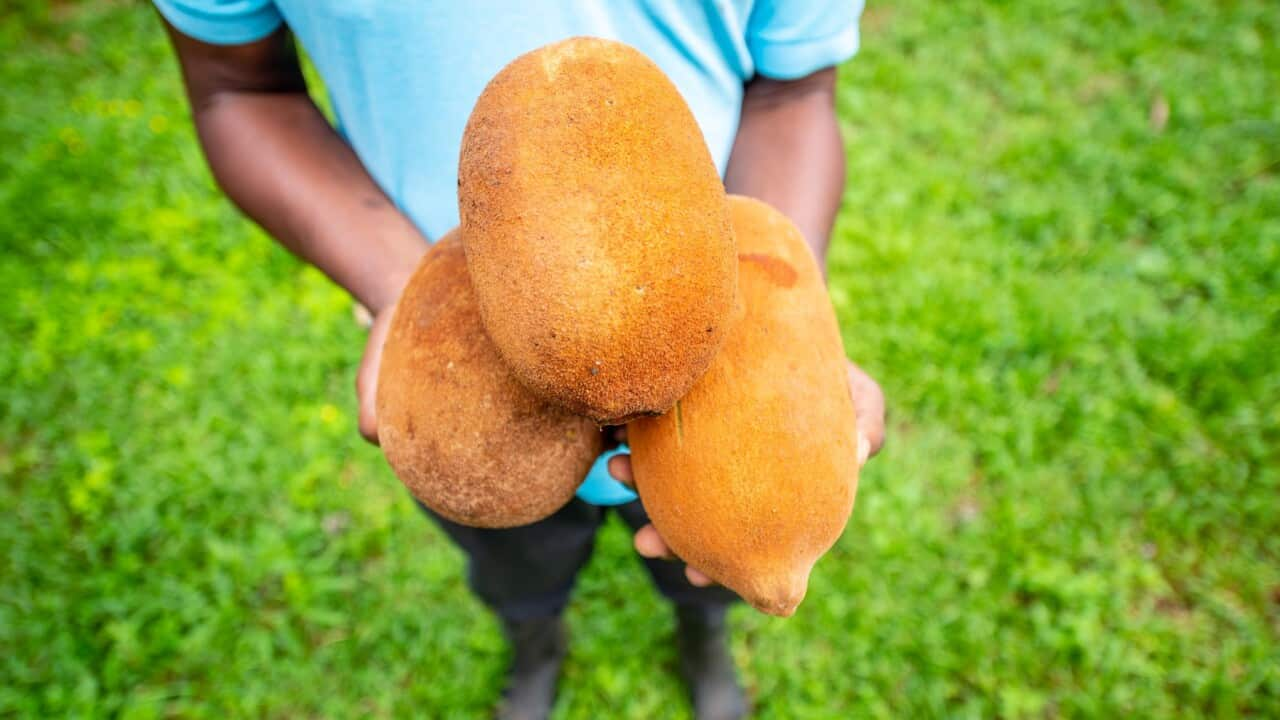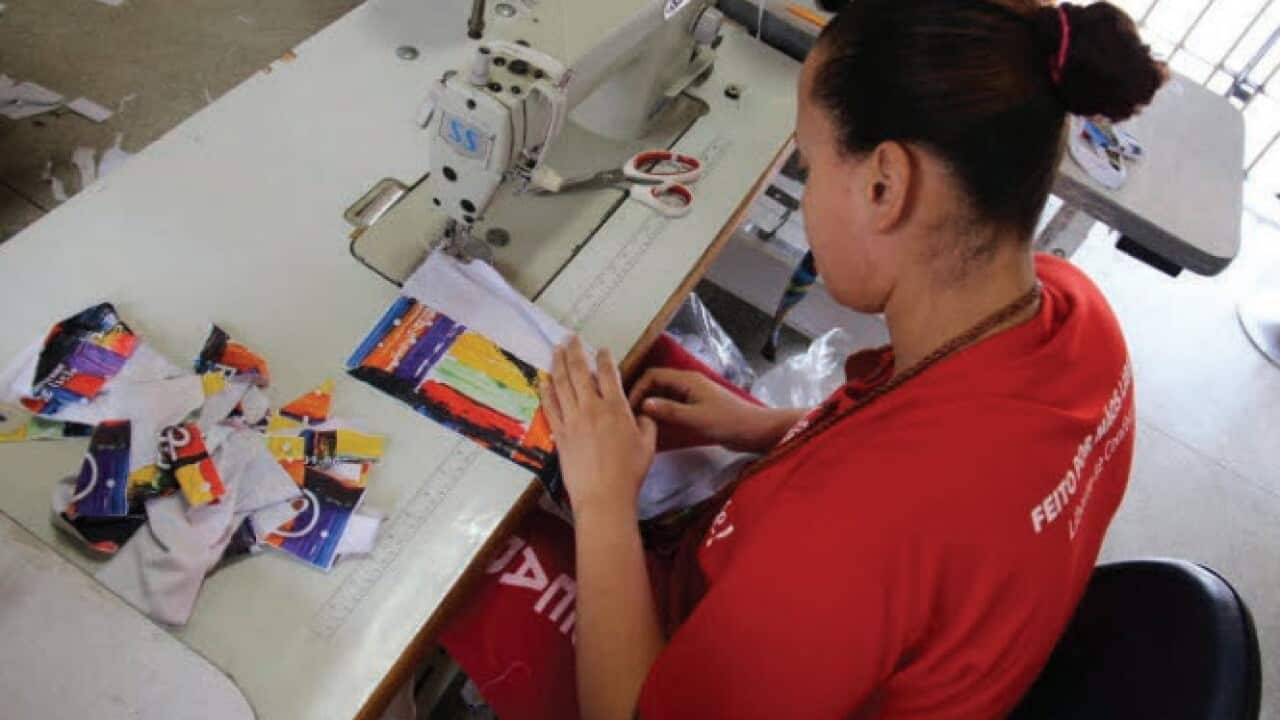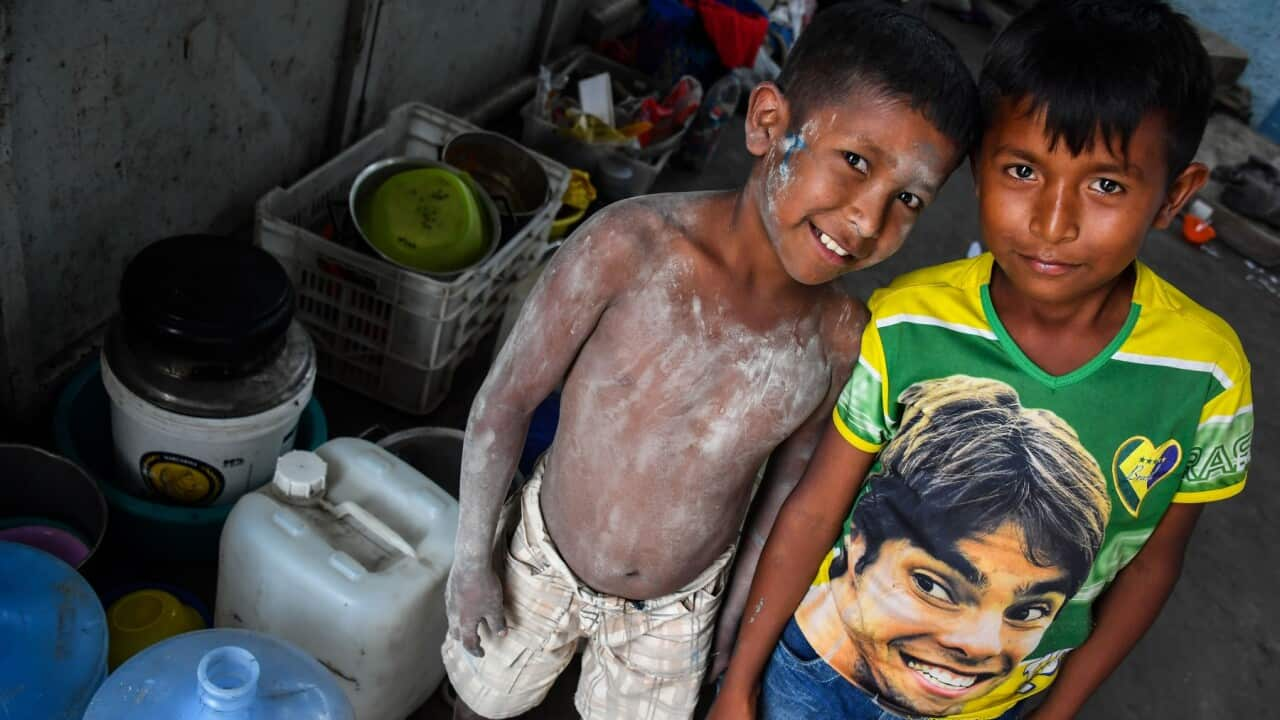More than 30 million people live in the Amazon, a vast majority in cities and towns marked by poverty. “Our goal is to empower Amazonian rural communities. We believe it is the only sustainable way to decrease the deforestation and land exploitation by large rural producers,” says Ismael Nobre, biologist and co-leader of the Amazon 4.0 Project.
“The Amazon region is the largest producer of cocoa beans in Brazil, except that practically no chocolate is made there, only the beans are sold. The almond costs around $2 a kilo, but the chocolate that can be made from it costs up to $68, which increases the value of the product by up to 3300%,” says Ismael Nobre, biologist and co-leader of the Amazon 4.0 Project.
Mr Nobre and his team main goal is to organise and empower local communities to produce artisanal chocolates using cocoa or cupuaçu, another popular Amazonian fruit. They won’t just harvest the ingredients to make chocolate, but also process and package them. The team built a “biofactory” or “Creative Lab” with equipment like three-dimensional food printers, solar cookers and computers.
The team built a “biofactory” or “Creative Lab” with equipment like three-dimensional food printers, solar cookers and computers.

A amêndoa de cacau custa AU$2 o quilo, mas o chocolate que pode ser feito dela custa até AU$68 o quilo, o que aumenta o valor do produto em até 3300%: produto movimenta no mundo milhões dólares mas uma fração modesta fica na Amazônia. Source: Universal Images Group via Getty Images
Cheaper solar power and digital communications will make it possible for minifactories like these to operate in remote areas. Locals can be taught how to operate these technologies in just a few weeks.
“It is like a ‘chocolate factory of the future’,” explains Mr Nobre.
The minifactory can be transported by plane, boat and taken to where these populations live and enable them to transform raw materials into more finished products. “The idea is to take these super equipped laboratories to the heart of the forest. The team will local residents to and help them to produce chocolate, açaí juice, and any other raw material they want to transform into a product.”
“We want to show that what is already an environmental asset, can become an economic asset. The secret is to add value, make these forest products more valuable products. The only way to do that is by using very high technology and training the Amazonian people.” The total value of the project is $415,000. Australia, through the humanitarian aid program (DAP), collaborated in the creation of the ‘Production Laboratory’ - where the machinery that will equip the mobile Creative Laboratories is produced.
The total value of the project is $415,000. Australia, through the humanitarian aid program (DAP), collaborated in the creation of the ‘Production Laboratory’ - where the machinery that will equip the mobile Creative Laboratories is produced.

Planta do Laboratório Criativo Cupuaçu-Cacau, a biofábrica de chocolate do futuro: unidade móvel levará inteligência artificial, sensores digitais, impressoras 3D e drones a comunidades ribeirinhas da Amazônia Source: Projeto Amazônia 4.0
The delivery of the first Creative Laboratory in the Amazon was delayed because of the Covid-19 pandemic, which in the Amazon had devastating effects. Now the forecast is that the first Cupuaçu and Cocoa Creative Laboratory will be delivered in the first half of 2022.
Now the forecast is that the first Cupuaçu and Cocoa Creative Laboratory will be delivered in the first half of 2022.

Cientistas brasileiros acreditam que desenvolvimento sustentável de uma economia verde pode frear a devastação da floresta amazônica Source: NurPhoto
The Direct Aid Program (DAP) is a grants program funded from Australia's aid budget. It has supported five humanitarian initiatives in Brazil in 2020: the , , , , and the  Follow on , and
Follow on , and

Amazonia 4.0: "O objetivo é capacitar as comunidades rurais que vivem do extrativismo do cupuaçu, cacau, a aprenderem a produzir produtos mais valiosos como chocolate" Source: Paulo Fridman/Corbis via Getty Images








